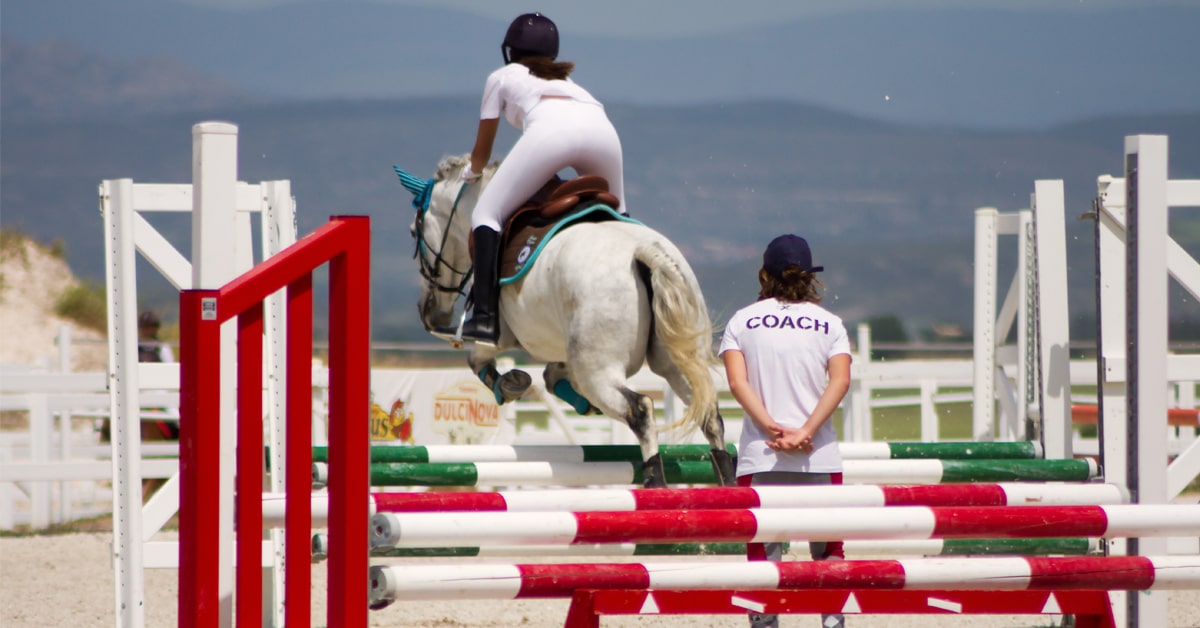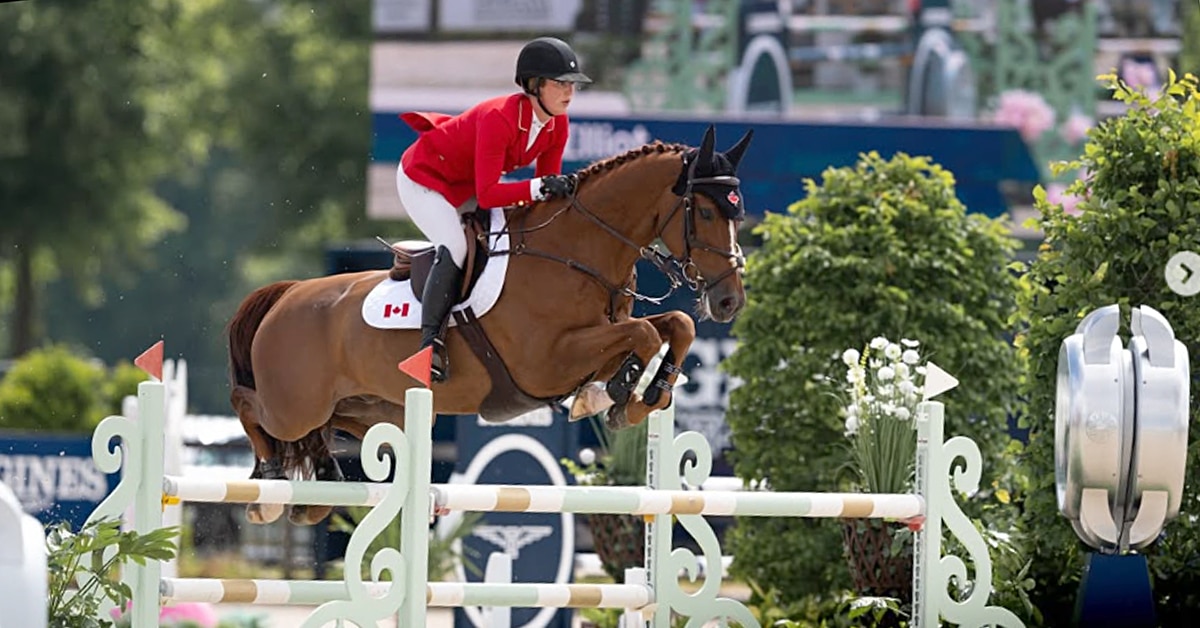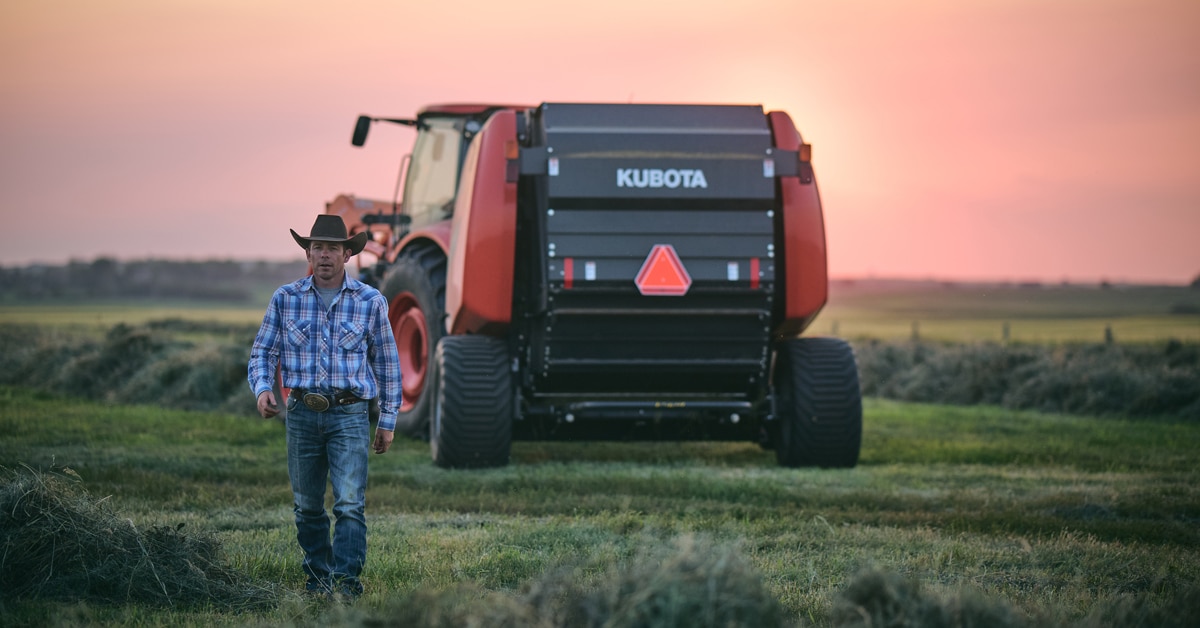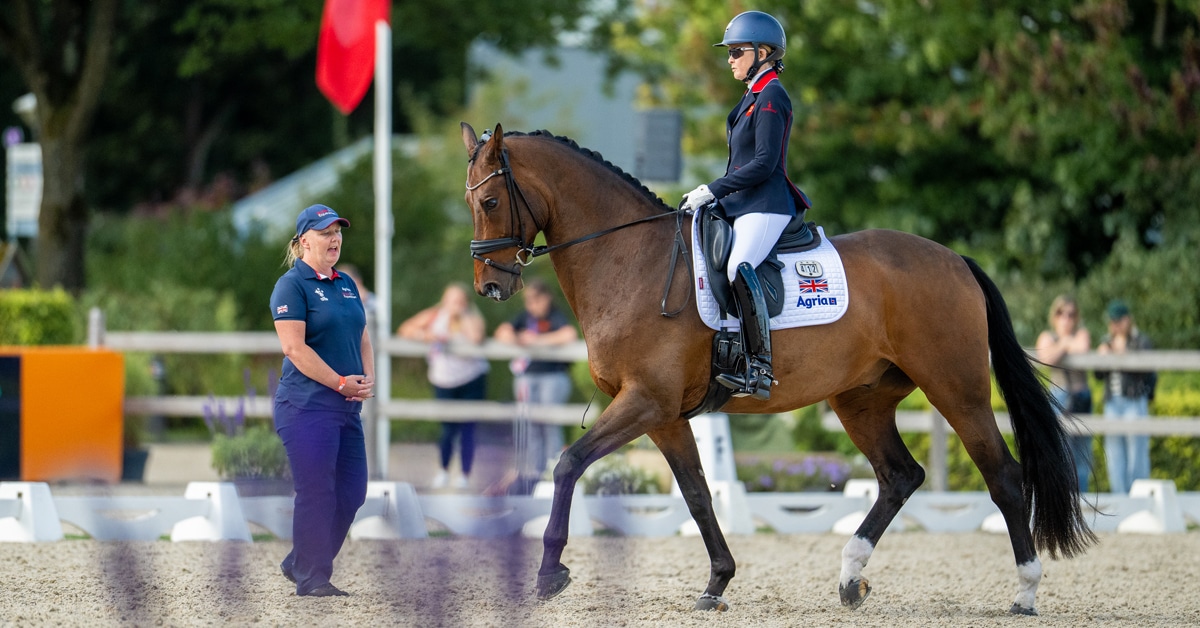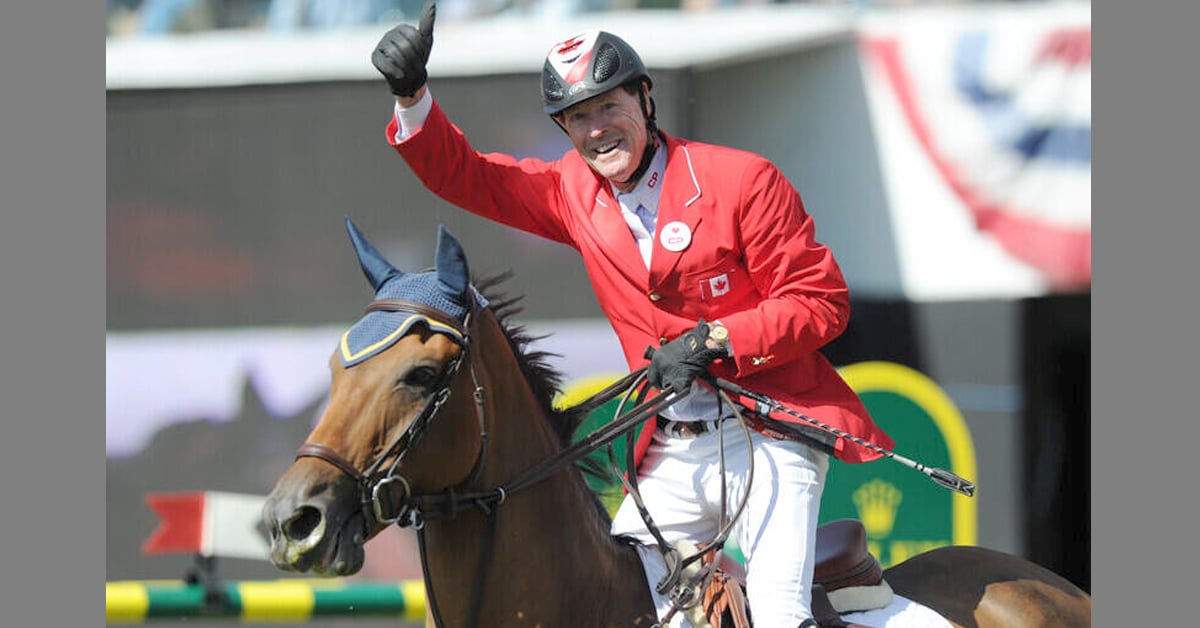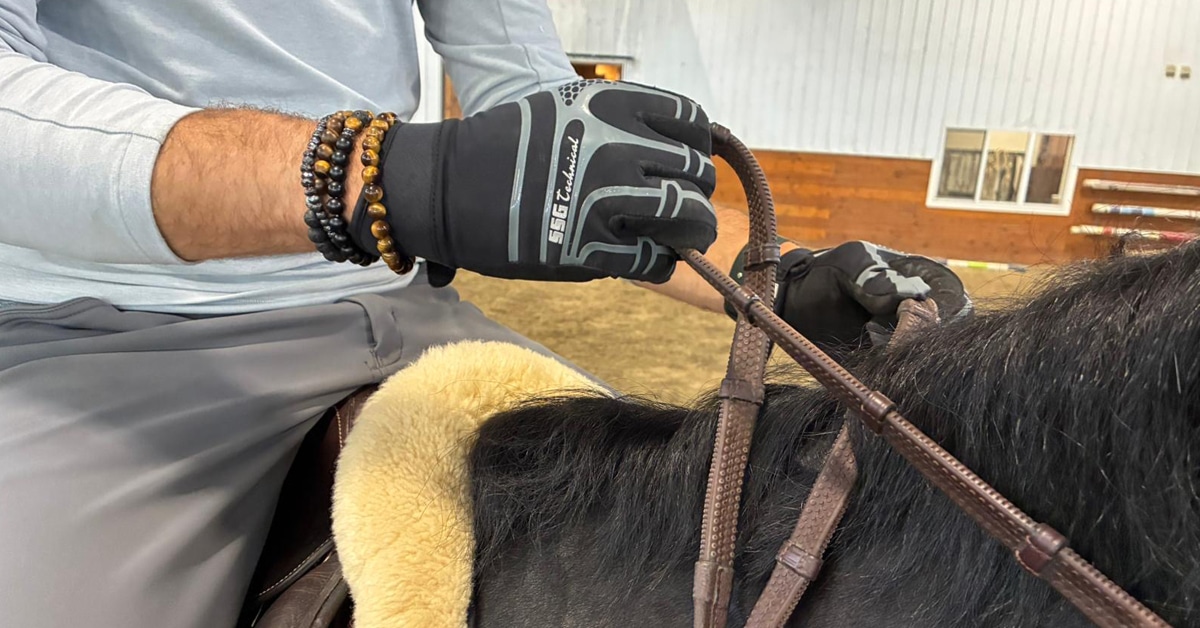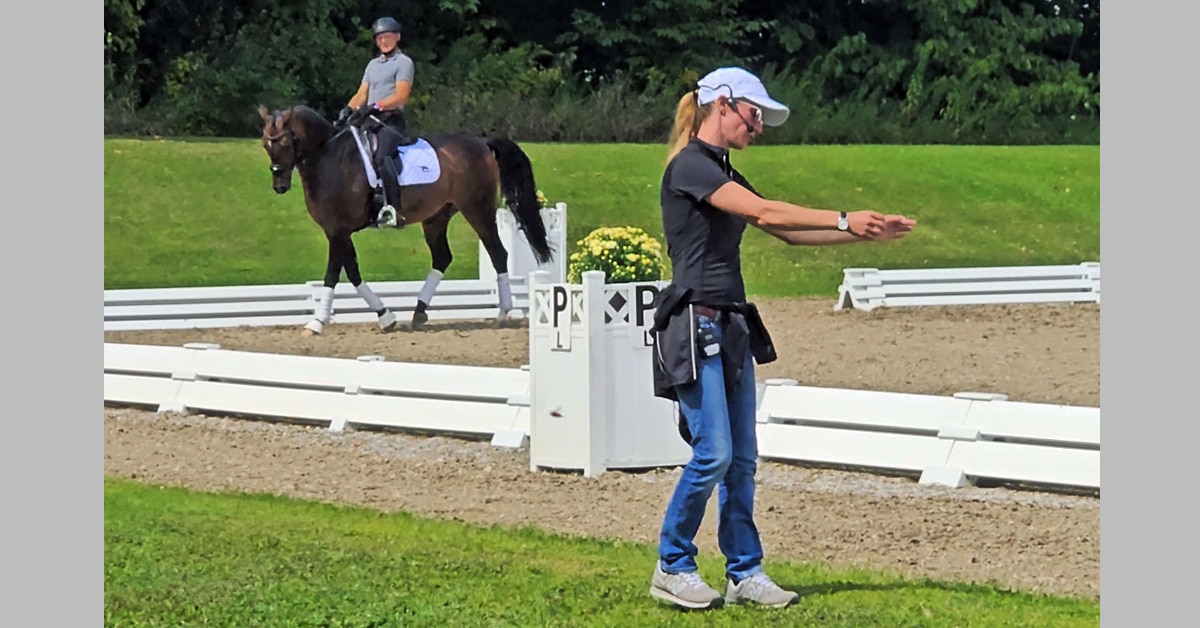The polish so important in a hunter round begins long before horse and rider set foot in the ring. As a judge and trainer, Bobbie Reber offers tips to the finishing touches that set the winners apart and put the cherry on top of the perfect hunter round.
She stresses that above all else, the horse must be in good condition – with a gleaming coat the product of good nutrition, veterinary care, and grooming. Turnout of horse and rider are of equal importance. “Turnout has to be impeccable,’ she explains. ‘Everything needs to be clean, clean, clean. You have to present a beautiful braid job, clean socks, shiny coat, and the rider must also be beautifully turned out. I like conventional and traditional coat colours; riders should wear gloves, and make sure their hair is properly contained in a hair net.”
Reber believes that in order to avoid delays (and an empty ring, which is aggravating to the judge and the show management), trainers should ensure their riders come to the in-gate ready to show. Course strategy should be discussed in the warm-up ring, and the spit-and-polish turnout done at the barn. “My feeling is that at the in-gate there should not be extreme amounts of over-preparation in terms of grooming or trying to figure out your strategy. Horse and rider should go to the ring ready to walk in, and the ring should never be held up with a trainer doing a clinic at the in-gate. A quick application of hoof polish, watch one horse in front of you go, and walk in.”
First impressions are important, and the way you enter the ring sets the tone for your hunter round. As a judge, Reber will always make note of a beautiful mover, which in the end could mean the difference between an 85 and an 87. “If you have a good mover, show it off and trot into the ring. If you don’t have a good mover, don’t advertise it, and instead walk in. Don’t wander, don’t stroll, don’t let the horse walk up to a jump and sniff it, but walk.” As a competitor, always be aware if there is a dotted line on the course diagram, which denotes that riders must not cross over the line in their opening circle before the first jump. This strategy is often employed by course designers in the interests of efficiency.
If the first jump is ridden towards the in gate, Reber believes that an opening circle is not necessary. “Very important, though,” she stresses, “is that once you pick up your canter in the ring, it is understood that your intention is to go to the first jump. If you pick up the canter upon entering the ring and then break stride back down to the trot, I score that an automatic 55.”
Reber often reminds riders that the basics produce the best round no matter the height: straightness, rhythm, and track. “Unless it is a handy class, you want to use the whole ring; really use your ends. Canter down the lines straight and in the correct number of strides, maintain an even rhythm, jump the centre of the fence, and execute a lead change as you’re coming into the corner. Remember that from the moment you enter the ring to the moment you walk out, you are being judged. Don’t be sloppy when you’re done your round and leaving the ring. Make a nice downward transition, reward your horse with a little pat, and leave on a relaxed rein.”
The Latest
